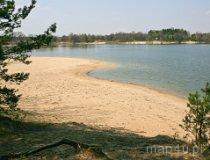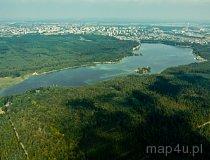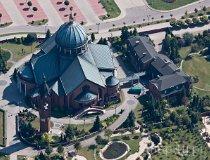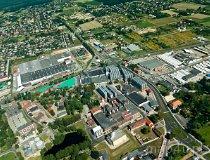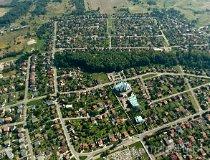Culturally Attractive Area – Bieruń and Tychy
Powierzchnia: 20 211 ha
Description
You have just entered the borders of the culturally attractive area of Bieruń and Tychy, located in the historic Pszczyna country, near the border with Lesser Poland. Please, focus your attention because in this area there is such a large concentration of valuable religious monuments, palaces, and worth-to-know industrial facilities that it will not be easy to decide where to go first. Because of that we recommend a longer stay, especially since the places you will hear about are surrounded by centuries-old forests and beautiful lakes, with Paprocańskie on the top of the list, harmoniously integrated in the wider landscape of Kotlina Raciborsko-Oświęcimska.
The history of the region dates back to the earliest years of Poland. Already in the 9th century existed in Bieruń a fortified city with a watchtower. However, the first written information about these areas comes from the 12th century and concerns of today's Lędzin. The cities of the region owed their existence and development to the position on the trade route connecting Kraków and Wroclaw. In the 18th century, after the inclusion of Tychy to Wolne Pszczyńskie Państwo Stanowe (Free State of Pszczyna), began a new period of development. During that time craft blossomed: above all metalwork, textiles, and shoemaking. Merchants traded mainly the famous fish coming from the Great Pond of Bieruń. An economic crisis occurred in the 17th and 18th centuries. Only Tychy did not give up to this crisis as it was saved by beer. In 1629 began to work in here big brewing factories. In the first half of the 19th century a change of fate for the entire region has seen the construction of the first international highway in Upper Silesia, running from Wrocław to Kraków by Bieruń. This boosted trade and industry: coal mining was increased in Lędziny and the brewery in Tychy was expanded.
Sightseeing of this area should start from Tychy and, in Tychy itself, from the source of their greatest good: breweries. There is the bigger Polish brewing exhibition, including a 3D cinema and tasting beer. Tourist guides offer their service to show you around the historic buildings of Tyskie Brewery. You will look into a brew-house active since 1915 and in a modern bottling plant. There are also organized night tours. Nearby, in a historic building formerly used for drying spent grains, namely wheat waste remaining after the production of beer, is the Muzeum Miejskie (Municipal Museum).
The attractions of the region are more than within Tychy itself. In Bieruń we suggest to direct your steps toward the charming main square. This is not one of the many small markets that you have already seen for sure. In 2005 it was elected as Najlepsza Przestrzeń Województwa Śląskiego (the Best Place in Silesian Voivodeship). Nearby is the beautiful wooden church of St. Valentine; and St. Valentine attracts lovers... The oldest monument in Bieruń and in the whole area is Kopiec (Hill) from the 13th century, the remains of the medieval defensive city. At the top of the hill is a statue of John Nepomucen admiring the view.
Among the many places worth to know, we have chosen three more for you, each of which with a different character. In Kobiórze is the former residence of Hochbergs from the 19th century and the Regional Museum organized in the historic Smolarnia. In Lędziny on the hill stands a Baroque church from the 18th century. Third place worth a visit is Paprocańskie lake with a variety of water attractions.
The culturally attractive area of Tychy has a well developed network of roads and rail allowing you to move freely in this area. Equally attractively is the accommodation and catering offer. Among the leisure facilities a special mention goes to the ”Stara Poczta” (Old Post Office) in Tychy, readapted as luxury spa centre with a restaurant, and the Zameczek Myśliwski (Hunting little Palace) in Kobiórze with the exquisite hotel ”Noma Residence”.
This area can bewitch you and invite you to return. More information about it can be found on the website www.kultura.slask.pl.




.jpg)
.jpg)
.jpg)
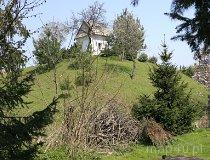
.jpg)
.jpg)
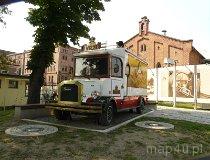
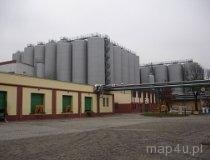

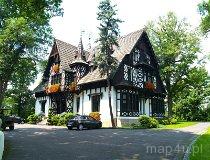
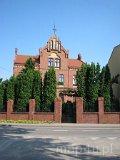
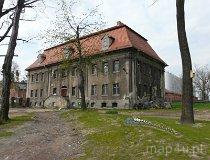
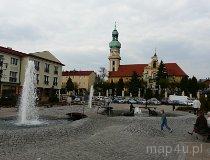
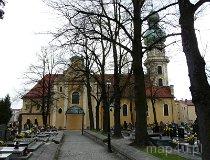
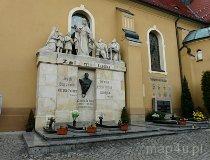
.jpg)
.jpg)
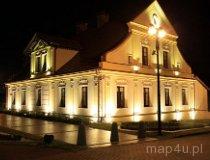

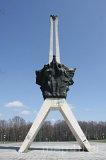
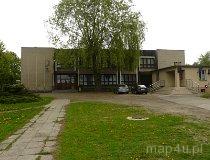
.jpg)
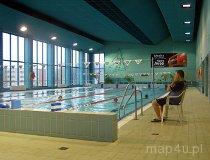
.jpg)
